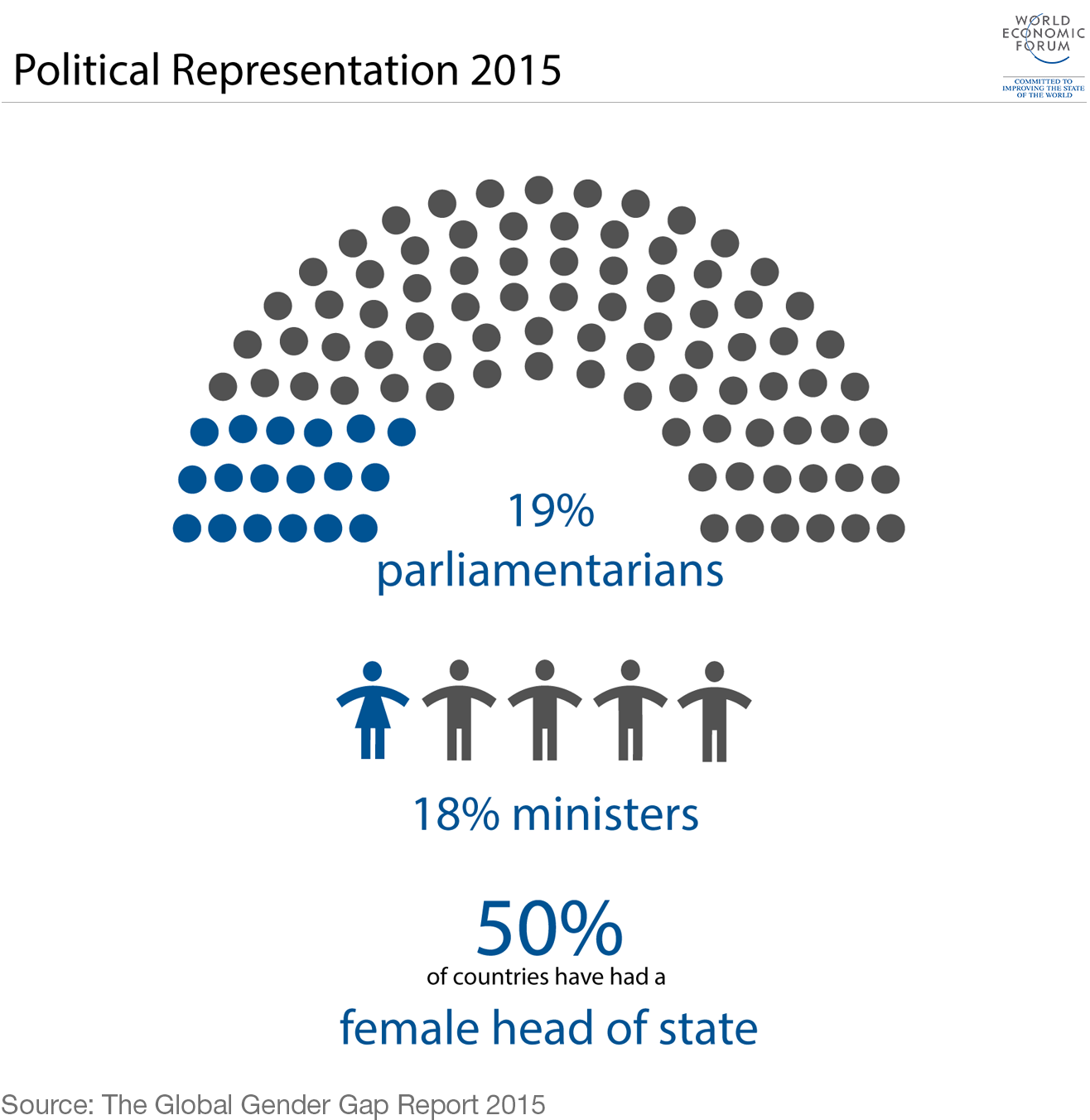10 years of the Global Gender Gap Report

Ten years of measuring the Global Gender Gap has helped us understand how lack of progress is damaging to global economic growth, and given us insights into how practical measures can support growth and improve quality of life for women worldwide. But what can we actually learn from the numbers?
For one thing, we can see that, of our four pillars, equality efforts in two of them, Health and Survival and Educational Attainment is far more advanced, with gender parity for Economic Participation and Opportunity still some way off and balanced political empowerment further still.
Some of the progress we have witnessed may seem intuitive – it makes sense, after all, that the fastest progress has been recorded in the political sphere as there is more room to make up. But at the other end, equality in terms of Health and Survival has actually gone down overall worldwide since 2006, while educational equality has slipped further in 22% of the 109 countries we have covered continuously during this period.
Since 2006, an extra quarter of a billion women have entered the labour force. Over the course of this time, the economic gender gap has closed by three percentage points from 56% to 59%. Extrapolating this means that we will only close this gap completely in 2133 – or in 118 years’ time.
And yet, the annual pay for women only now equals the amount men were earning ten years ago. The direct economic impact of this imbalance is that we are losing great amounts of talent from the global workforce – which in turn is impacting our ability to generate sustainable growth and job creation.
We know a lot of countries are investing in education – this chart just illustrates the G20 group of nations, but are they doing enough to help women enter the labour force? One thing we have learned is that there is a link between perceptions of high wage inequality and low participation in the economy. Put simply, even the impression of a gender wage gap acts as a disincentive to women to enter or re-enter the workforce, and hurts economies.
This chart throws the education-employment-leadership mismatch into stark relief. Another way of illustrating the problem is to consider that while more women than men are enrolling at university in 97 countries, women make up the majority of skilled workers in only 68 countries and the majority of leaders in only four. Understanding how to prevent this leakage of talent lies at the heart of the economic gender gap.
The biggest progress towards closing the gender gap has been in the political world, although here, much more needs to be done. Nevertheless, positive interventions such as well-implemented quotas for a defined period of time for example have been proven to be effective in creating momentum which has led to improvements elsewhere. Similar measures are now being adopted in company boardrooms.
Progress in the economic and political worlds have been proven to be self-reinforcing, so which interventions work best? Regulations banning outright discrimination seems an obvious place to start, while another area of policy that has proven so effective in the Nordic nations as well as elsewhere is improving parental leave, childcare and tax policy. Bypassing regulation by creating incentives for companies to improve their performance has also proven effective.
There is a clear case for gender equality for nations and society at large.
Author: Oliver Cann, Director, Media Relations, World Economic Forum
Image: A man and a woman are silhouetted as they walk on an overpass at a business district in Tokyo, Japan, November 5, 2015. REUTERS/Yuya Shino
Don't miss any update on this topic
Create a free account and access your personalized content collection with our latest publications and analyses.
License and Republishing
World Economic Forum articles may be republished in accordance with the Creative Commons Attribution-NonCommercial-NoDerivatives 4.0 International Public License, and in accordance with our Terms of Use.
The views expressed in this article are those of the author alone and not the World Economic Forum.
Stay up to date:
Future of Work
Forum Stories newsletter
Bringing you weekly curated insights and analysis on the global issues that matter.
More on Equity, Diversity and InclusionSee all
Marielle Anzelone and Georgia Silvera Seamans
October 31, 2025








